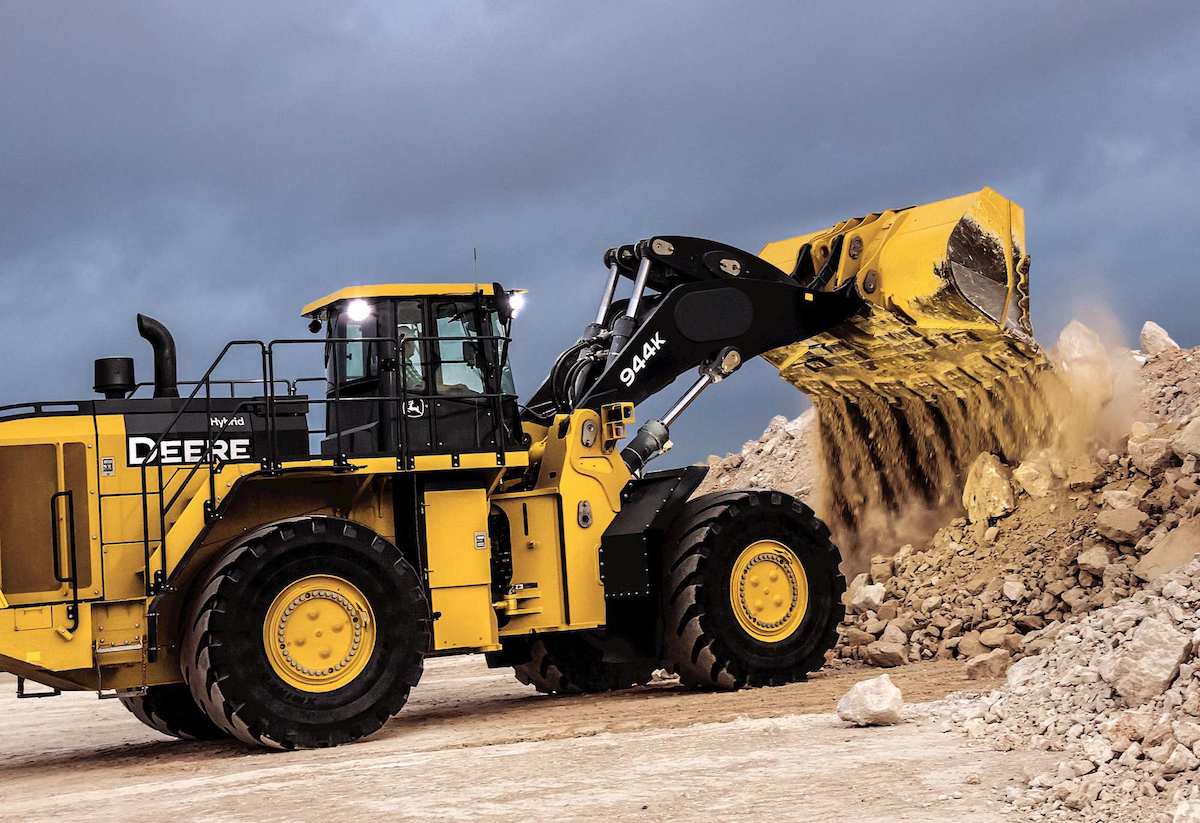In the ever-changing realms of construction and mining, heavy machinery stands as the cornerstone of progress, transforming our environment. The monumental duties of earthmoving, hoisting massive weights, and building infrastructures become feasible through the cutting-edge innovations of heavy equipment manufacturers. This blog post delves into the vast universe of heavy machinery, examining how these indispensable tools underpin industrial achievement.
The Giants of Construction and Mining
Heavy machinery encompasses a variety of equipment tailored for tasks such as earthmoving, construction, and mining operations, achieving a level of scale and efficiency beyond the scope of human labor. This category includes machinery like bulldozers, backhoes, excavators, and dump trucks, each engineered for particular functions. Together, they are celebrated for their durability and dependability.
Capabilities of Heavy Equipment:
- Excavators: Used for digging, demolition, and heavy lifting.
- Bulldozers: Known for ground leveling and obstacle clearing.
- Dump Trucks: Essential for transporting large amounts of materials over rough terrain.
The Role of Heavy Equipment Manufacturers
Heavy equipment manufacturers form the cornerstone of the construction and mining sectors. They are responsible for designing and producing the essential machinery required for large-scale projects, while also innovating to adapt to the evolving needs of the industry. The qualities of reliability, efficiency, and durability stand as the benchmarks of superior heavy machinery. Manufacturers are perpetually enhancing these attributes to meet and exceed industry standards.
Innovation in Manufacturing:
- Technology Integration: Incorporating GPS and IoT for precision and efficiency.
- Material Advances: Using stronger and lighter materials for better performance.
- Emission Reduction Technologies: Developing cleaner engines to reduce the environmental impact.
Economic Impact of Heavy Machinery
The economic impact of heavy machinery is significant. By reducing the time needed for project completion and enhancing the efficiency of construction and mining operations, these machines play a crucial role in boosting productivity.
Key Economic Benefits:
- Cost Reduction: Automating tasks reduces labor costs and operational expenses.
- Increased Productivity: Faster completion of projects means more projects can be undertaken.
- Job Creation: Although these machines automate many tasks, they also create jobs in equipment operation and maintenance.
Environmental Considerations
In today’s world, prioritizing environmental sustainability is essential across all sectors, particularly in industries that rely on heavy machinery. Manufacturers of such equipment are becoming increasingly conscious of their environmental impact, driving innovation towards the development of more sustainable machinery options.
Sustainability Efforts Include:
- Fuel Efficiency: Newer models are capable of doing more work with less fuel, reducing their carbon footprints.
- Noise Reduction: Making machines quieter to minimize noise pollution.
- Recyclable Materials: Using materials that can be recycled at the end of the machine’s lifecycle.
Looking Ahead: The Future of Heavy Machinery
The outlook for heavy equipment is promising as technological progress continues to transform the sector. The integration of automation and robotics is expected to increase, paving the way for fully autonomous machines capable of executing tasks with no need for human oversight. These advancements promise to enhance both safety and efficiency at construction sites. Moreover, with the growing global focus on environmental sustainability, manufacturers are anticipated to ramp up their investment in eco-friendly technologies, redefining the capabilities of heavy machinery.
Conclusion
Heavy equipment manufacturers lead the way in technological and environmental advancements. Their innovative products are vital for the progression of construction and mining industries, fueling economic expansion and infrastructural improvement. Looking ahead, these machines and their inventors will remain essential in shaping our world. By prioritizing innovation and sustainability, the heavy machinery sector stands at the forefront of addressing contemporary industrial needs and future challenges.




